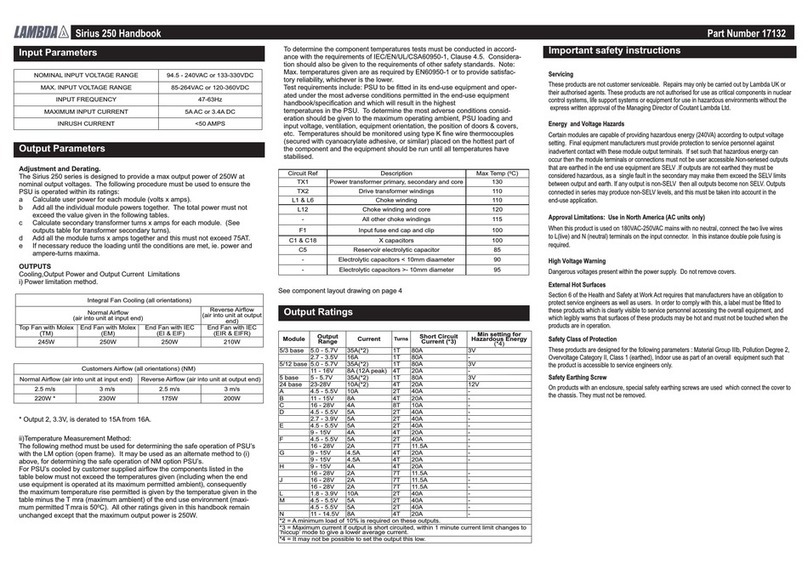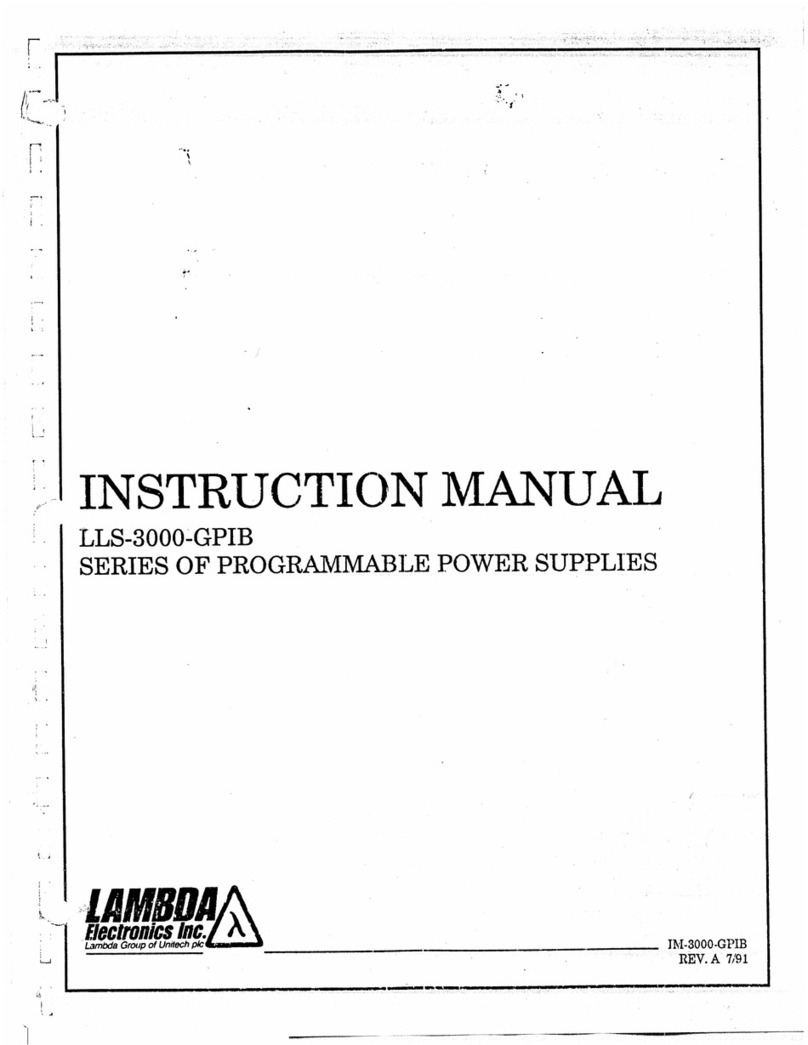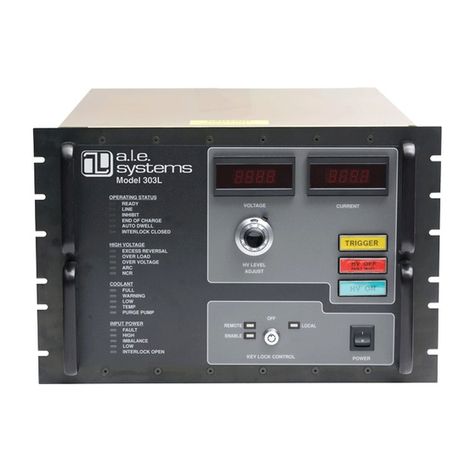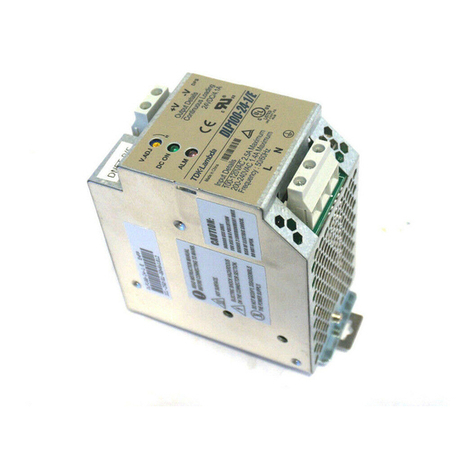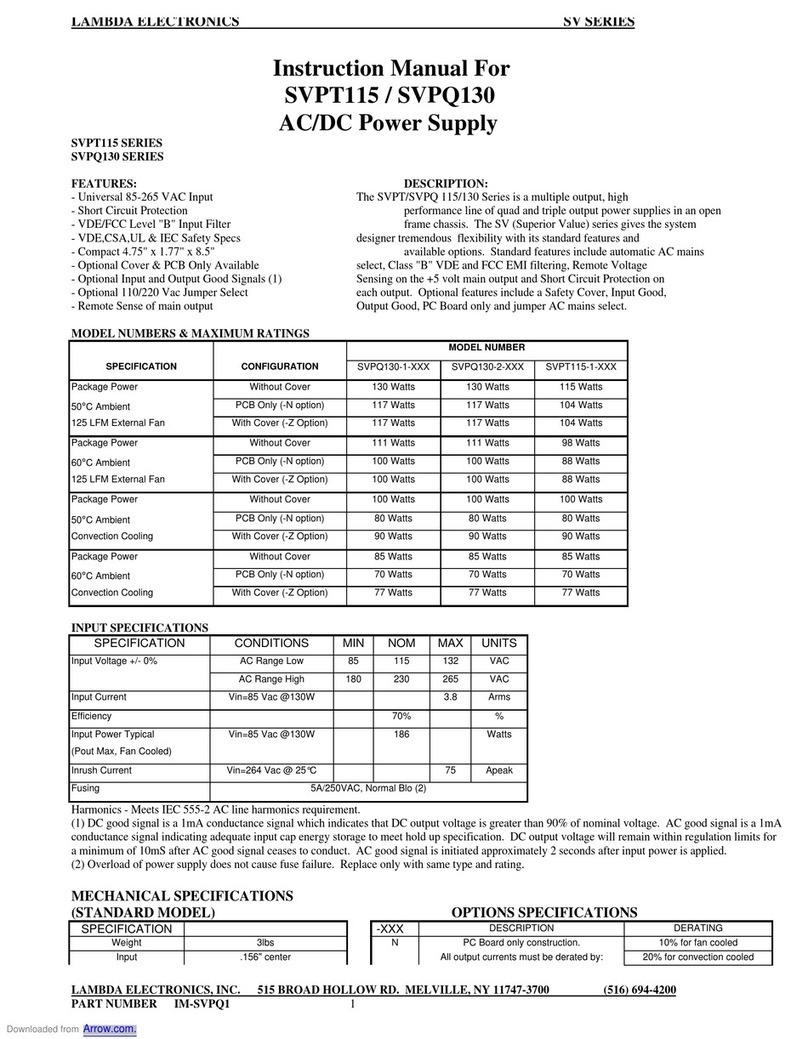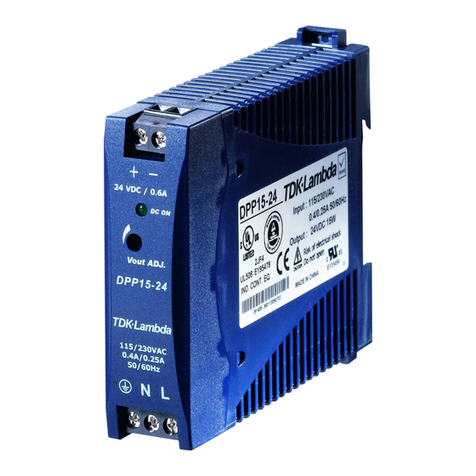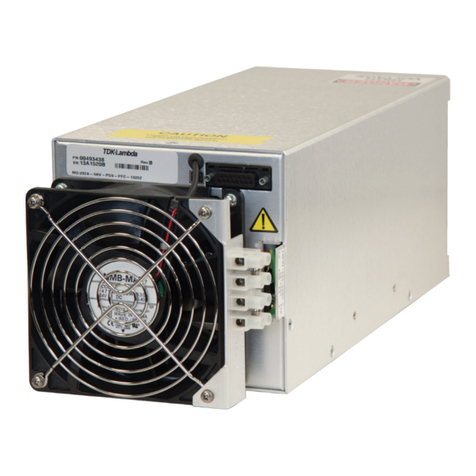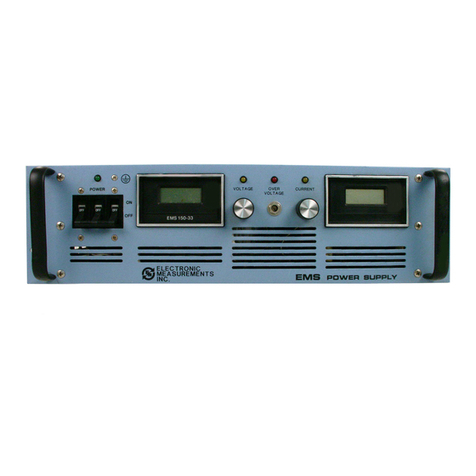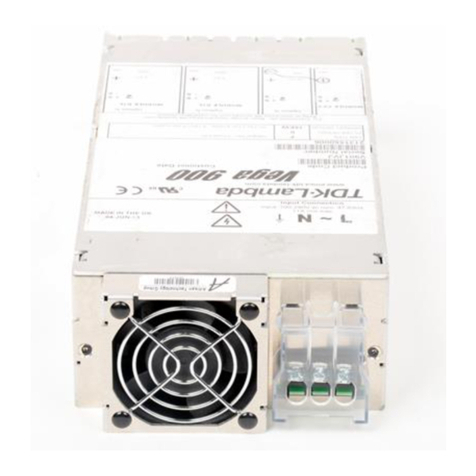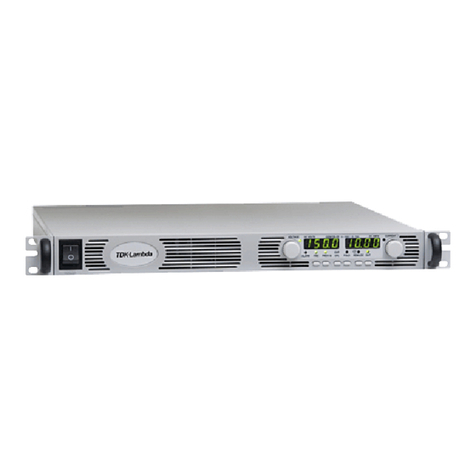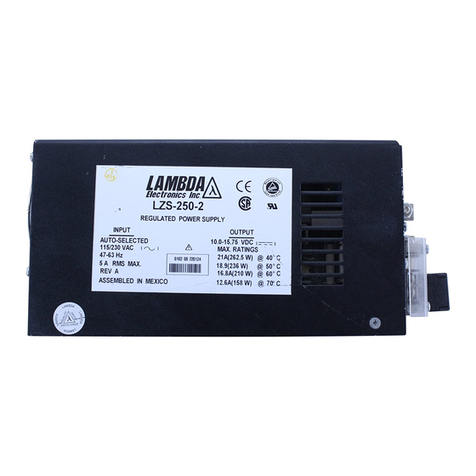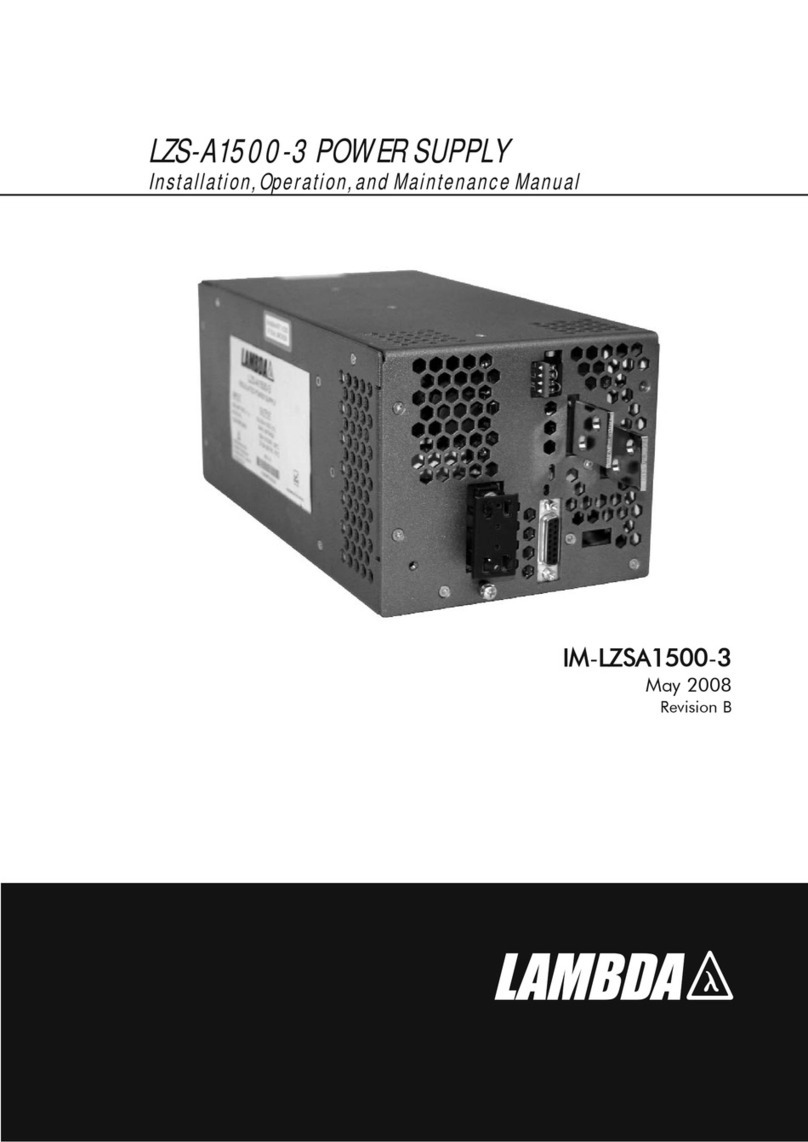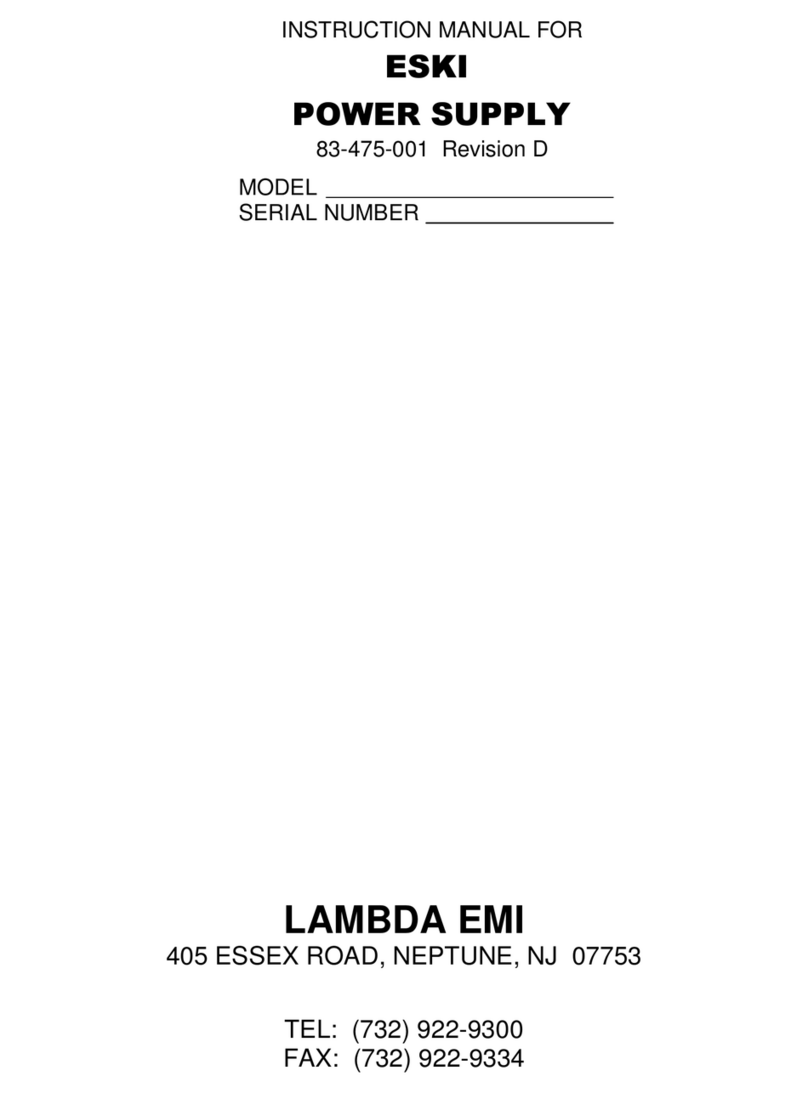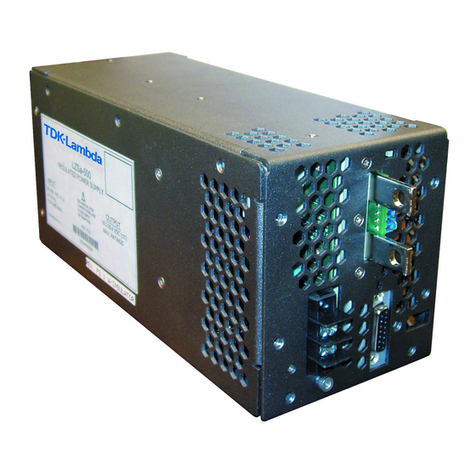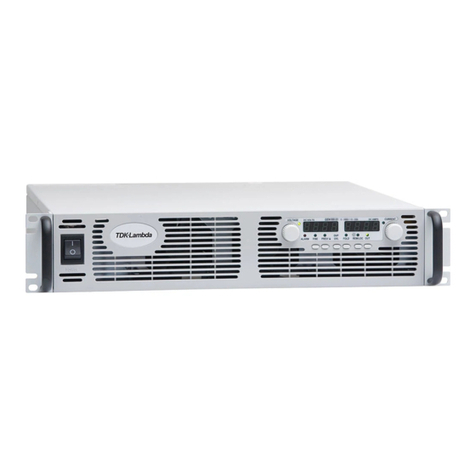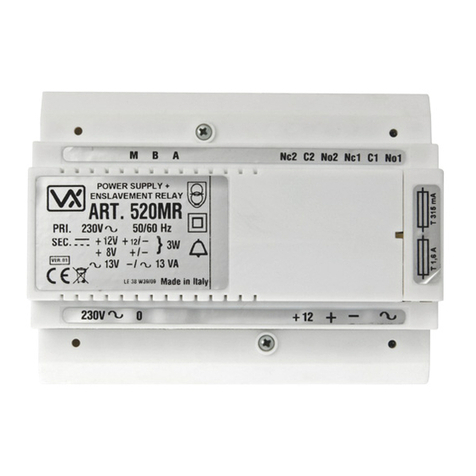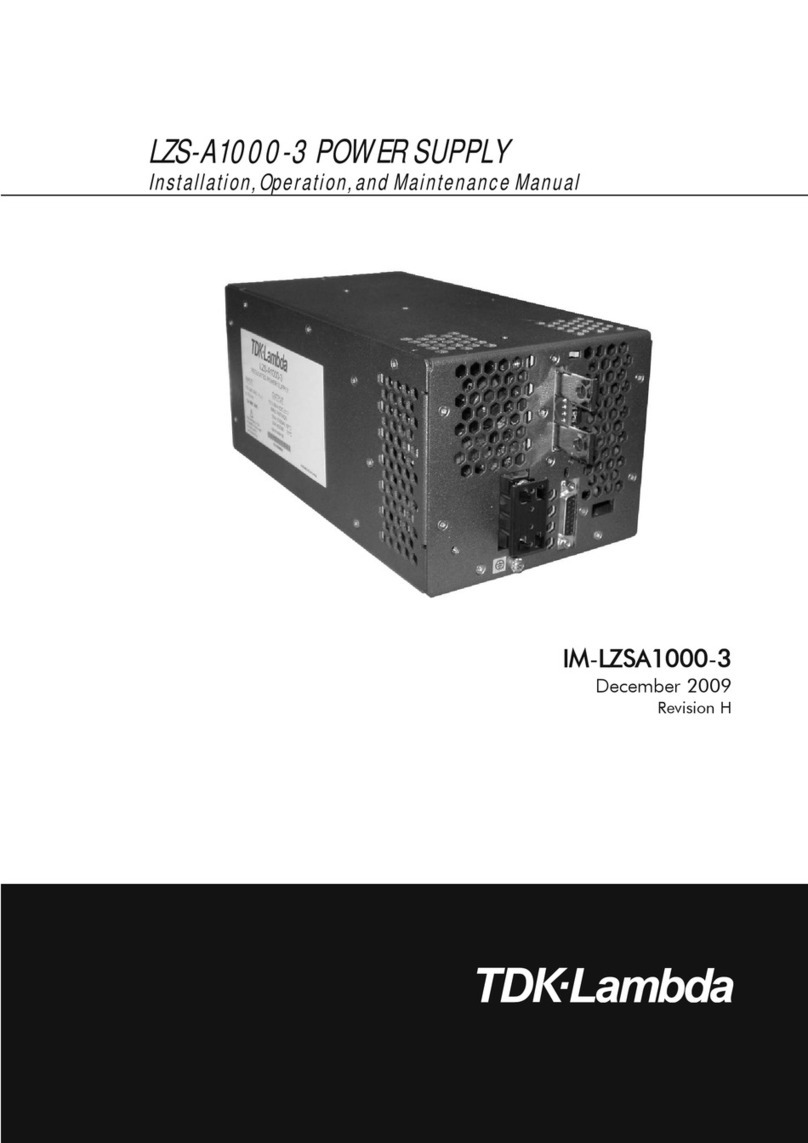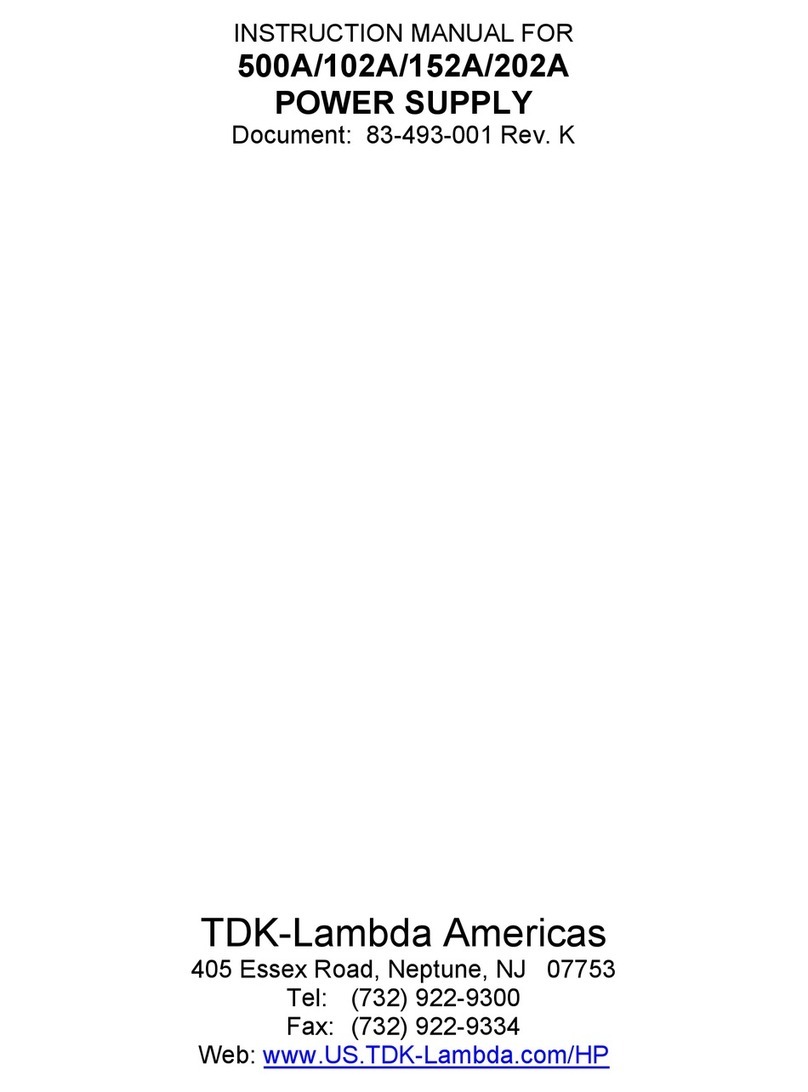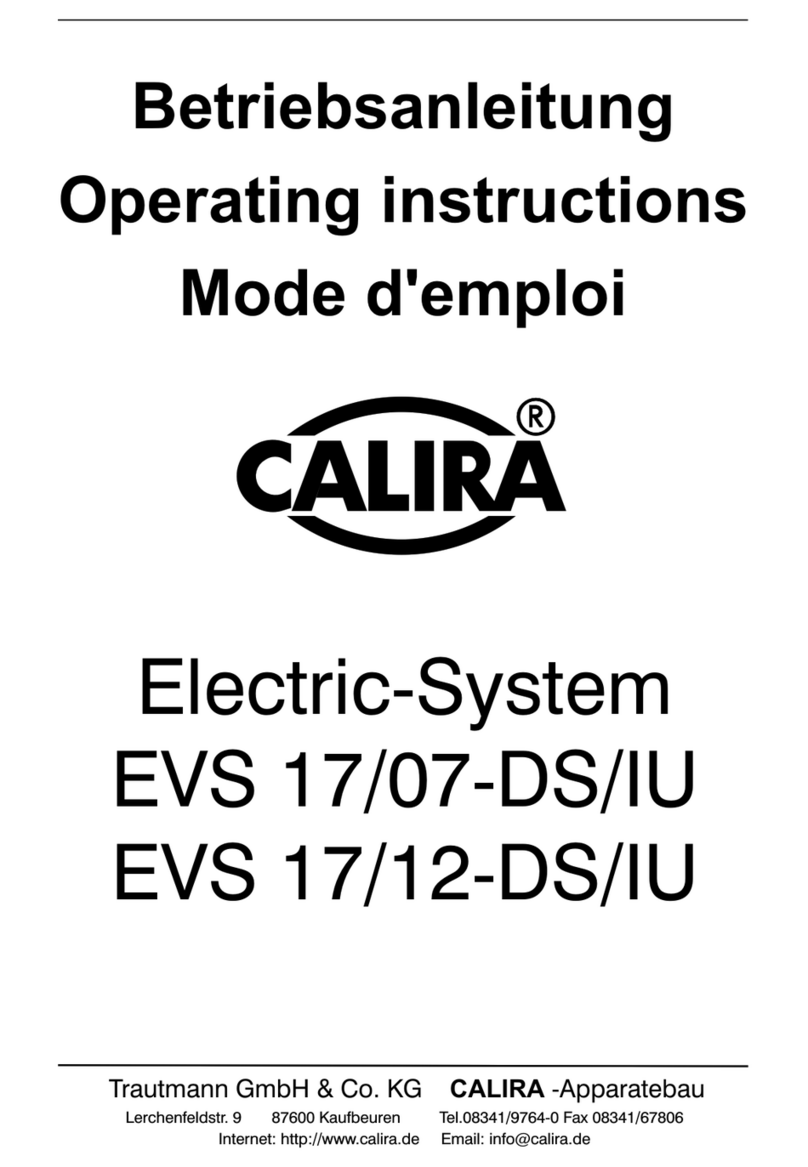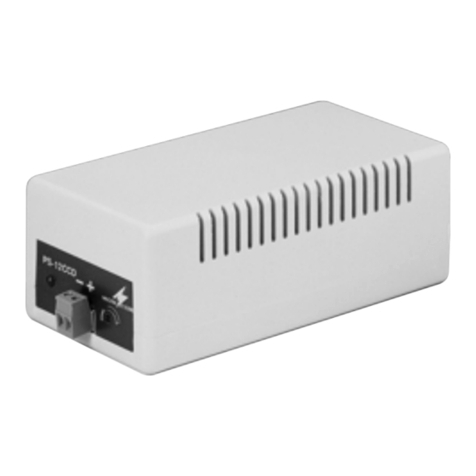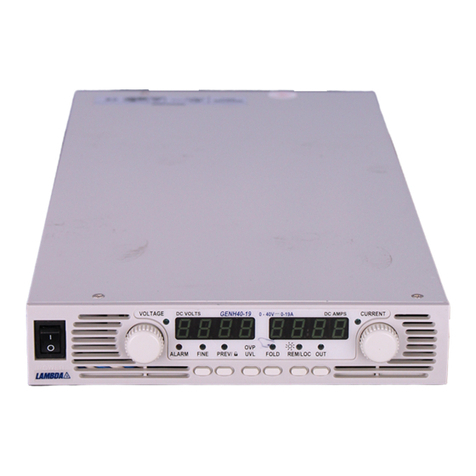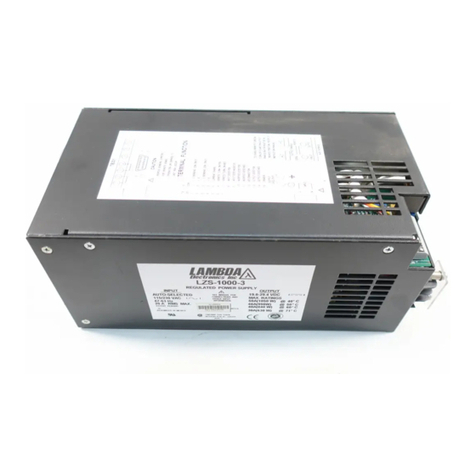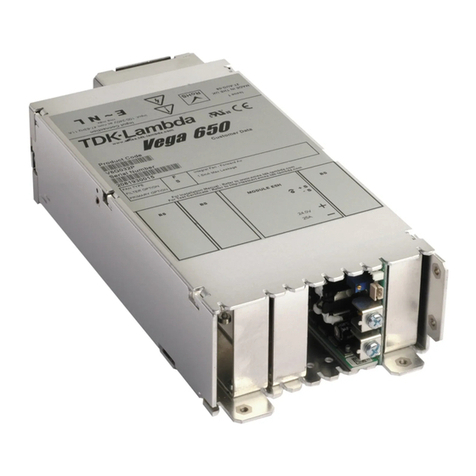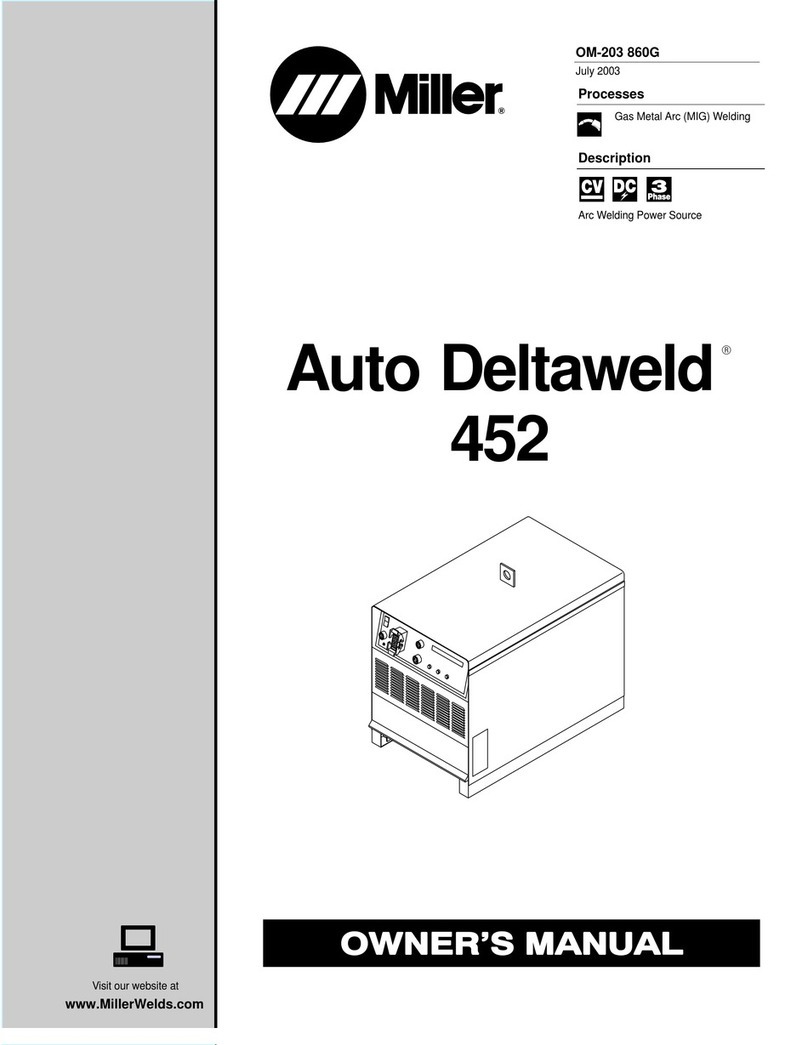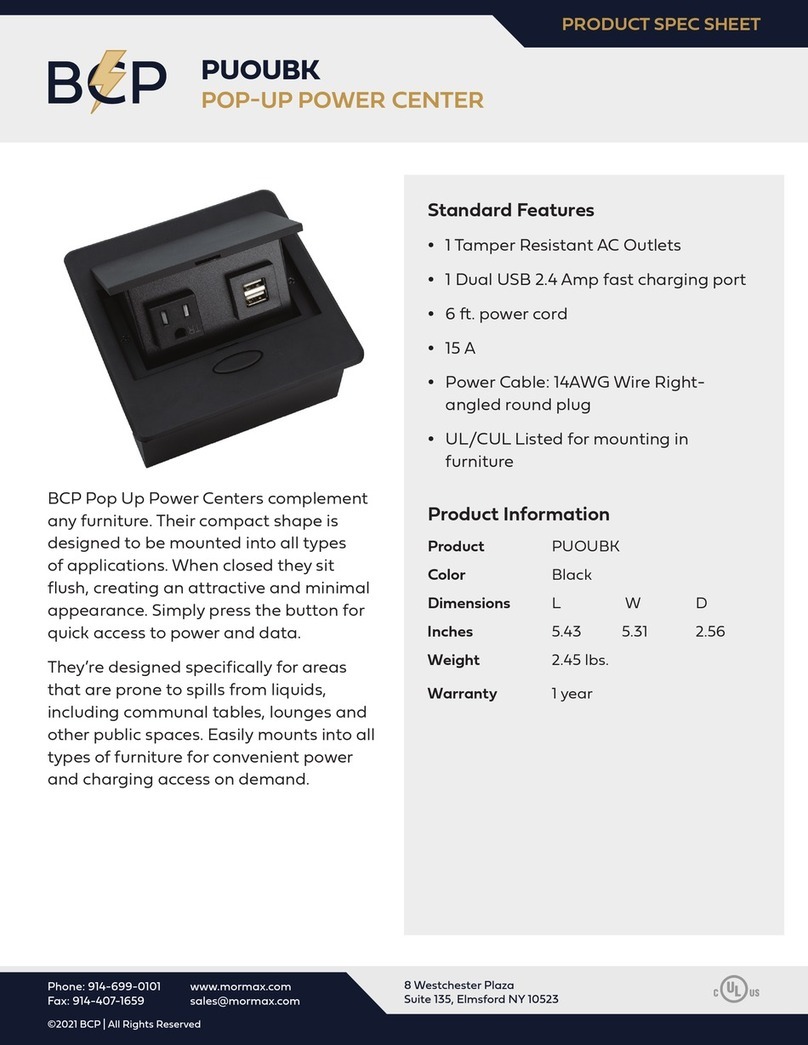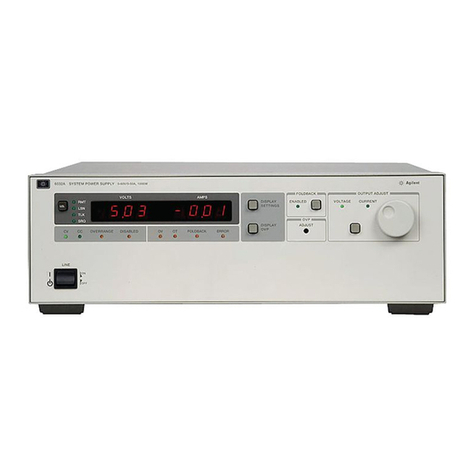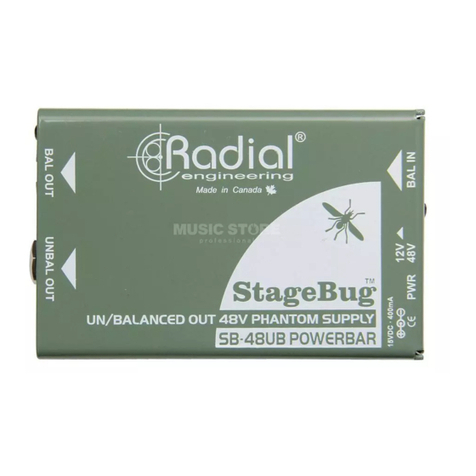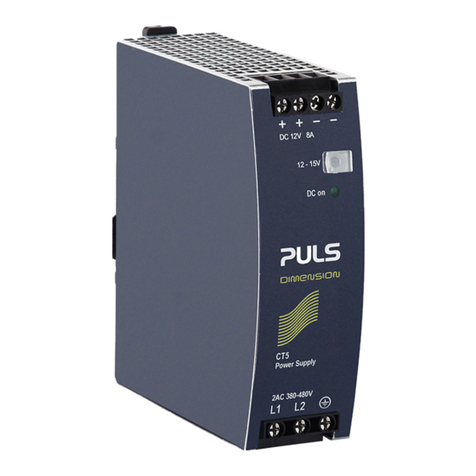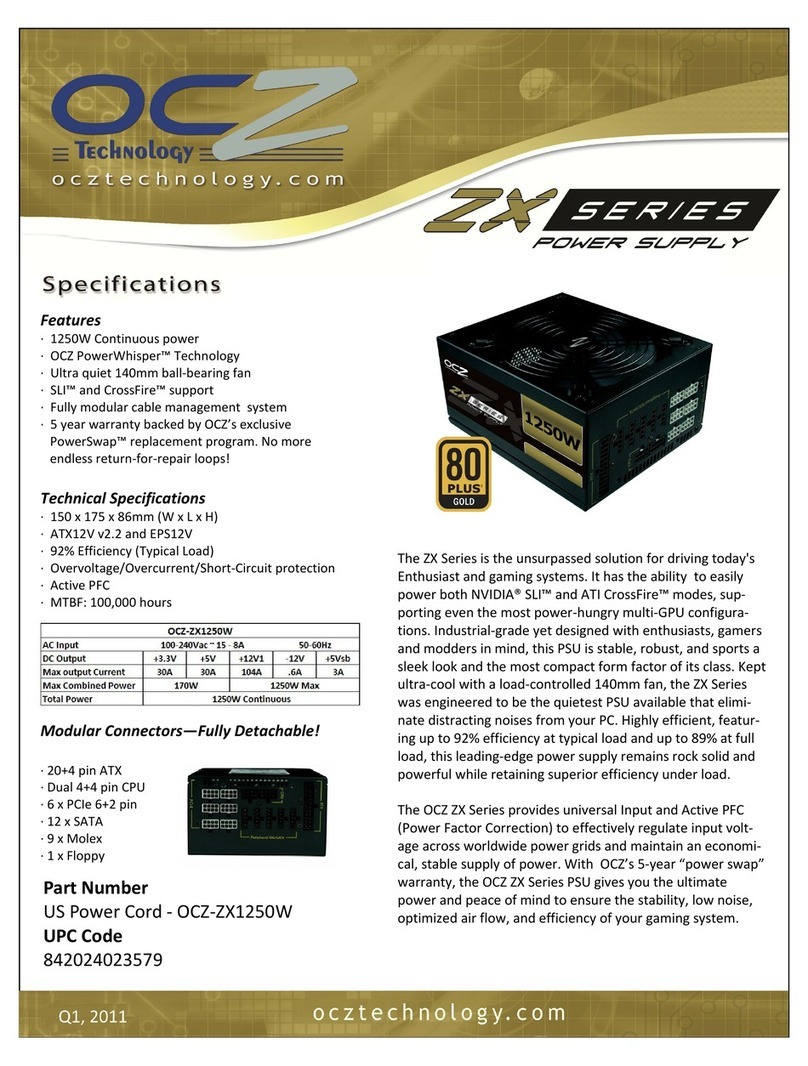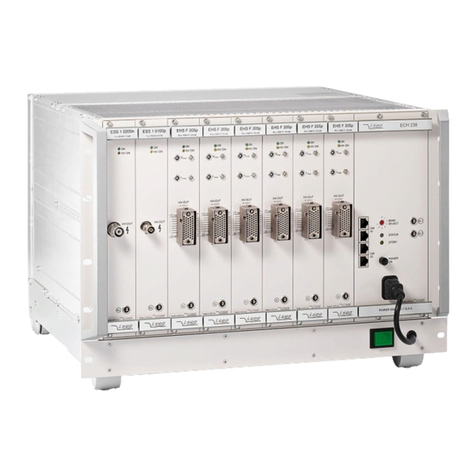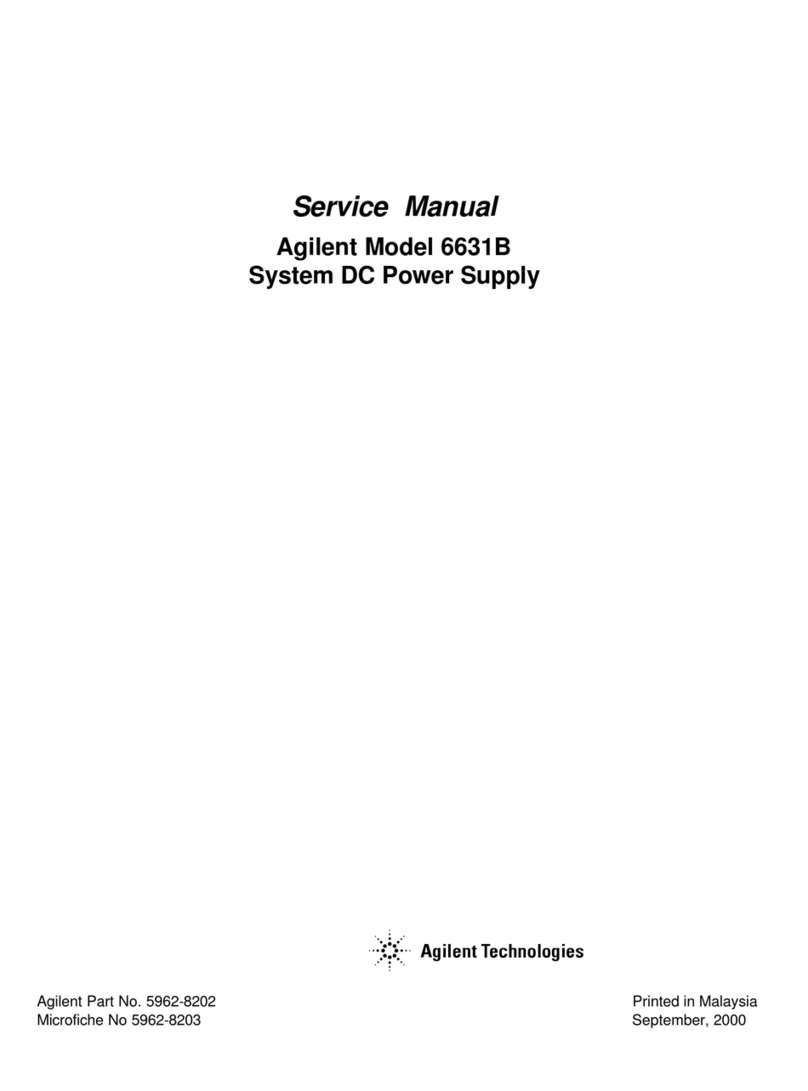
.
~
.
.
...
OPERATING
INSTRUCTIONS
CONTROLS, INSTRUMENTS AND FUSES
Power
ON-OFF
Switch.
The
power
ON-OFF
switch,
located
on
the
front
panel,
controls
application
of input
power
to
the
supply. When
the
switch
is
in
the
ON
position,
the
red
power
on
indicator
glows.
OUTPUT VOLTAGE
Control.
The
OUTPUT
VOLTAGE
control
is
a
dual
control
consisting
of
a
coarse
adjustment
potentiometer,
which
varies
the
DC
voltage
over
a
range
of
0-9
-,
0-19, 0-39,
0-59,
0-117.5,
0-247.5
volts
as
applicable,
and
a
fine
adjustment
potentio-
meter,
which
varies
the
DC
voltage
over
a
one-volt
range.
*
Clockwise
rotation
results
in
increasing
voltage.
The
total
DC
voltage
output
for
voltage
regulated
operation
is
equal
to
the
sum
of
each
shaft
setting;
for
current
regulated
operation
the
maximum
voltage
limit
is
equal
to
the
sum
of
each
shaft
setting.
The
control
is
located
on
the
front
panel
of
all
·
units.
*
For
model
LP-415
the
DC
voltage
fine
adjustment
range
is
2. 5
volts.
CURRENT LIMITER
Control.
The
CURRENT LIMITER
control
is
a
dual
control
consisting
of
a
coarse
adjustment
potentiometer,
which
varies
the
DC
current
over
90% of
the
rated
current
range* and a
fine
adjustment
potentiometer,
which
varies
the
DC
current
over
10% of
the
rated
current
range.
Clockwise
rotation
results
in
increasing
current.
The
total
DC
current
output
for
current
regulated
operation,
is
equal
to
the
sum
of
each
shaft
setting;
for
voltage
regulated
operation
the
maximum
current
limit
is
equal
to
the
sum
of
each
shaft
setting.
The
control
is
located
on
the
front
panel
of
all
units.
*Operation
for
output
current
below
rated
limits
can
result
in
no output
or
no
regula-
tion.
Output
Voltage
Meter.
· A DC
voltmeter
monitors
the
voltage
at
the
output
terminals
of
metered
(FM)
units
for
the
rated
voltage
range.
Output
Qurrent
Meter.
A
DC
ammeter
monitors
the
load
output
current
of
metered
(FM)
units
for
the
rated
current
range.
Fuses~
Fuse
F1,
internally
located,
is
a 1. 5
ampere,
3AG
"SLO-BLO"
fuse
which functions
in
the
AC
input
circuit.
Fuse
F2,
internally
located,
provides
protection
against
internal
circuit
failure.
See.
schematic
diagrams
for
current
ratings
of
pertinent
F2
fuse.
Connection
Terminals.
Make
all
connections
to
the
supply
at
the
terminal
block
on
the
rear
of
the
supply.
DC output
connections
can
also
be
made
at
the
five-way
binding
posts
located
on
the
front
panel
of·
FM
models
• . Apply
input
power
through
the
line
cord
or
directly
to
terminals
1
and
2
if
the
line
cord
is
removed.
Always
connect
the
ungrounded
(hot)
power
lead
to
terminall.
The
supply
positive
terminal
is
brought
out
to
terminal
6.
The
supply
negative
terminal
is
brought
out
to
terminal
4.
Recommended
wiring
of
the
power
supply
to
the
load
and
selection
of
wiring
is
shown
in
figures
1
through
9.
Selection
of
proper
wiring
is
made
on
the
basis
·of
load
requirements.
Make
all
performance
checks
and
measurements
of
current
or
voltage
at
the
rear
output
terminals.
Connect
measuring
devices
directly
to
terminals
or
use
the
shortest
leads
possible.
IM-LP400
7
Artisan Technology Group - Quality Instrumentation ... Guaranteed | (888) 88-SOURCE | www.artisantg.com
